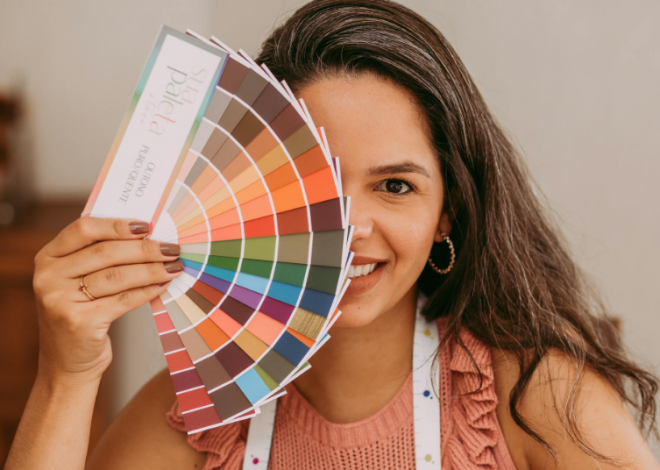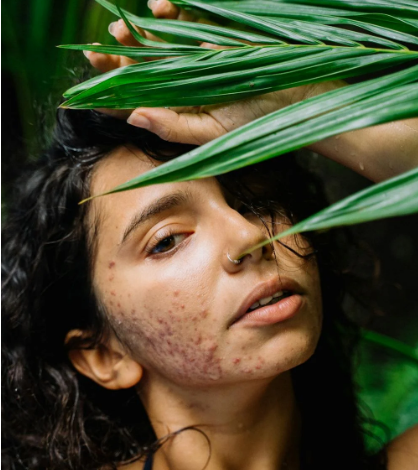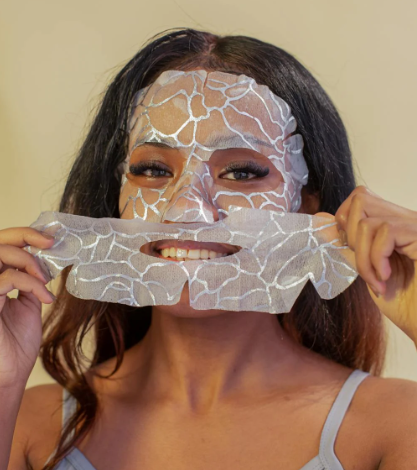
Spring and Summer Haircare: Protecting Your Locks from the Sun
With warmer months fast approaching, your hair faces a gauntlet of sun, heat, humidity, and environmental pollutants. Unlike our skin, hair cannot regenerate or replenish itself in the same straightforward way, making proactive care essential. Let’s dive deep into the science and strategies behind preserving hair health from spring’s mild warmth through summer’s intense blaze.
Understanding Seasonal Hair Stressors
As temperatures rise, two major culprits threaten hair integrity: UV radiation and humidity. Understanding their distinct mechanisms of damage helps in crafting targeted defenses.
How Sun Exposure Damages Hair
Sunlight contains ultraviolet (UV) rays, primarily UVA and UVB, which penetrate the hair shaft and degrade its structural proteins—keratin and cuticle lipids. This leads to:
- Protein breakdown: UV disrupts keratin bonds, weakening tensile strength.
- Color fading: Melanin pigments absorb UV, gradually bleaching dyed and natural hues.
- Increased porosity: Damaged cuticles lift, allowing moisture loss and frizz.
Over time, exposed strands lose elasticity, become brittle, and snap easily. Even a single prolonged sun session can accelerate cumulative damage.
The Impact of Humidity and Heat
High humidity forces hair to swell, as moisture seeps between cuticle layers, resulting in frizz and loss of style definition. Concurrently, heat—whether from the environment or styling tools—dehydrates hair fibers:
- Thermal dehydration: Elevated temperatures disrupt bound water, making hair brittle.
- Oxidative stress: Heat enhances free radical activity, compounding UV damage.
An analytical approach acknowledges that heat and humidity synergize with UV, demanding holistic protection rather than isolated fixes.
Pre-Season Preparation
Preparatory treatments lay the groundwork for resilient hair in spring and summer. Two key steps: trimming and deep conditioning.
Trimming and Removing Damaged Ends
Snipping away split ends eliminates sites where damage travels upward along the shaft. Recommendations:
- Trim every 6–8 weeks.
- Focus on ends and any frayed mid-shaft.
- Use professional-grade shears for clean cuts.
By resetting your hair baseline, you prevent further breakage and ensure smoother, healthier regrowth.
Deep Conditioning Treatments
Once hair is free of damaged termini, replenish lost moisture and proteins:
- Weekly protein masks: Formulas with hydrolyzed keratin or rice protein rebuild internal strength.
- Oil-infused treatments: Argan, coconut, or avocado oil masks seal cuticles and restore lipids.
- Salon-grade bond-repair: In-salon Olaplex™ or similar systems target disulfide bonds, reinstating elasticity.
Consistency is critical: treating hair bi-weekly throughout spring builds a reservoir of resilience for hotter months.
Daily Protection Strategies
Daily habits and products serve as frontline defenses against sun, sweat, and styling stress.
UV-Protective Hair Products
Choose products labeled with SPF or UV filters to block harmful rays. Look for:
- Sunscreen sprays: Lightweight, leave-in water-based spritzes with UV absorbers.
- Leave-in conditioners: Creams with silicone derivatives or natural UV shields like sunflower extract.
Sunscreen Sprays vs. Leave-In Conditioners
| Feature | Sunscreen Spray | Leave-In Conditioner |
|---|---|---|
| Application speed | Quick, full coverage | Slightly longer but adds moisture |
| Residue risk | Minimal if pumped well | Can feel heavier on thin hair |
| Reapplication | Easy throughout the day | Best applied on damp hair |
Selecting one over the other depends on hair texture, daily routine, and desired finish.
Protective Hairstyles
Mechanical barriers—hats and strategic styling—shield hair physically.
Braids, Buns, and Hats
- Braids: Tight or loose, they minimize surface exposure and reduce wind tangling.
- High buns: Keep ends tucked away from direct sunlight and sweat.
- Wide-brimmed hats: Offer maximum UV shadow; look for UPF-rated fabrics.
These styles not only protect but also lend a chic, seasonal aesthetic.

Hydration and Moisture Retention
Maintaining internal moisture levels fortifies hair against external stressors.
Water Intake and Diet Considerations
Healthy hair emerges from a nourished body. Drink at least eight glasses of water daily. Incorporate:
- Omega-3 fatty acids: Salmon, chia seeds, walnuts nourish hair follicles.
- Biotin-rich foods: Eggs, almonds support keratin synthesis.
- Vitamins A and E: Carrots, spinach, sunflower seeds bolster scalp health.
Balanced nutrition underpins any topical treatment’s efficacy.
DIY Hair Masks for Moisture
For budget-friendly, natural hydration:
- Avocado-honey mask: Mash one ripe avocado with two tablespoons honey; leave 20 minutes.
- Coconut-aloe blend: Mix equal parts coconut oil and aloe vera gel; apply pre-shampoo.
These simple recipes seal moisture and add slip for easier detangling.
After-Exposure Care
After long days in the sun or pool, hair needs gentle but thorough recovery protocols.
Gentle Cleansing Techniques
Avoid stripping shampoos. Instead:
- Use sulfate-free surfactants.
- Opt for co-washing (conditioner-washing) once or twice a week.
- Cool or lukewarm water rinses to close cuticles.
Frequent, aggressive cleanses strip natural oils, exacerbating dryness.
Repairing Heat and UV Damage
Post-exposure, employ reparative serums and treatments:
- Silicone serums: Form protective films that lock in moisture.
- Heat-activated leave-ins: React to ambient temperature, strengthening fibers.
Layering baselines—gentle cleansers, reparative leave-ins, and periodic masks—ensures complete recovery cycles.
Tools and Tech for Smart Haircare
Innovations extend beyond products—gadgets and apps empower proactive maintenance.
Scalp-Cooling Fans and Misters
Portable misting fans lower scalp temperature, reducing sweat-induced frizz and scalp irritation. Some models infuse mists with hydrating essences for dual action.
High-Tech UV Sensors and Apps
Smart clips and wearable UV monitors alert you when sun exposure exceeds safe thresholds. Companion apps can log cumulative exposure, prompting timely reapplications of protective products.
Professional Salon Treatments
For maximum impact, consider salon-grade interventions tailored to high exposure seasons.
Keratin and Protein Infusions
Salon keratin treatments deposit hydrolyzed proteins into the cortex, smoothing cuticles and enhancing UV resistance. Seek ammonia-free formulas to minimize chemical stress.
Scalp Exfoliation and Hydration
Professional scalp scrubs remove dead skin and buildup, improving product absorption and follicle health. Follow with hydrating scalp serums rich in peptides and hyaluronic acid.
Conclusion
Spring and summer present unique challenges for hair health: UV rays, heat, humidity, and environmental pollutants all conspire to damage strands. A multifaceted strategy—pre-season trimming and conditioning, daily UV protection, hydration through diet and DIY masks, thoughtful post-exposure care, and judicious use of technology and salon treatments—ensures your locks remain vibrant, strong, and resilient. By understanding the science behind seasonal stressors and adopting both simple and high-tech solutions, you can enjoy sunny days without compromising hair integrity. Treat your hair as the living, vital tissue it is, and it will reward you with shine, strength, and style all season long.
FAQs
Q1: How often should I reapply UV-protective hair products?
Ideally, every two hours when outdoors for extended periods, or immediately after swimming or excessive sweating.
Q2: Can tinted hairsprays offer sun protection?
Some colored sprays include UV filters, but clear sunscreen sprays designed for hair typically provide higher SPF ratings.
Q3: Are heat styling tools completely off-limits in summer?
Not necessarily; use lower temperature settings and always apply a heat-protectant serum beforehand to mitigate thermal damage.
Q4: How do I choose the right deep conditioner?
Match the conditioner’s primary benefit (protein vs. moisture) to your hair’s needs. Fine hair often benefits from moisture-rich, lightweight formulas, while coarse or chemically treated hair may need protein-heavy masks.
Q5: Do natural oils provide sufficient UV protection for hair?
While oils like coconut and argan add a minor UV barrier, they shouldn’t replace dedicated UV-protective products; use oils as a supplement to specialized sprays or leave-ins.


